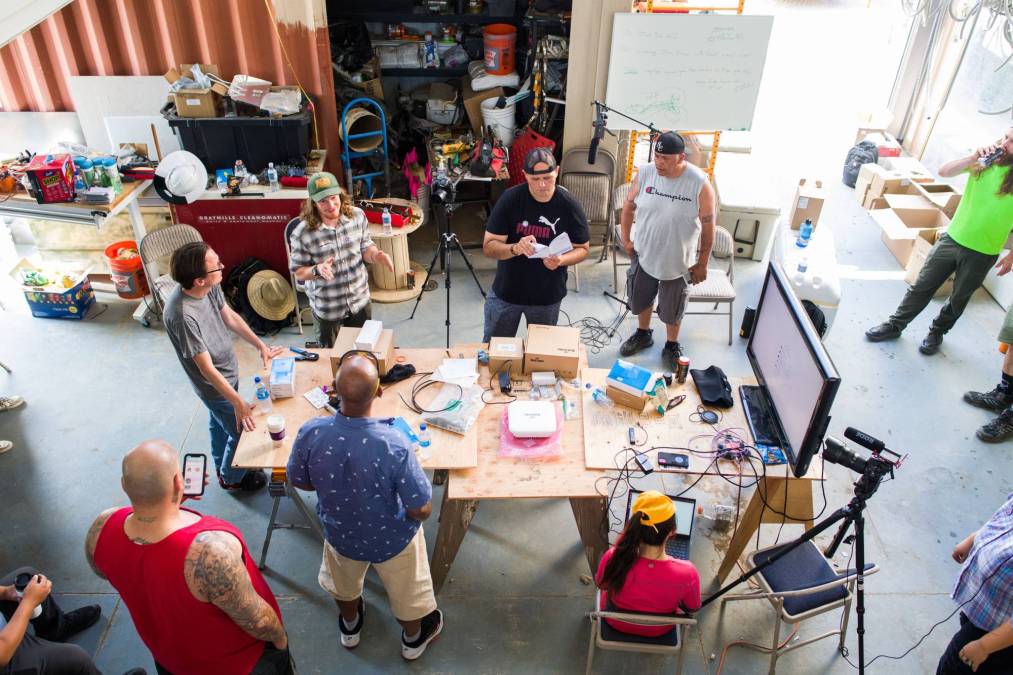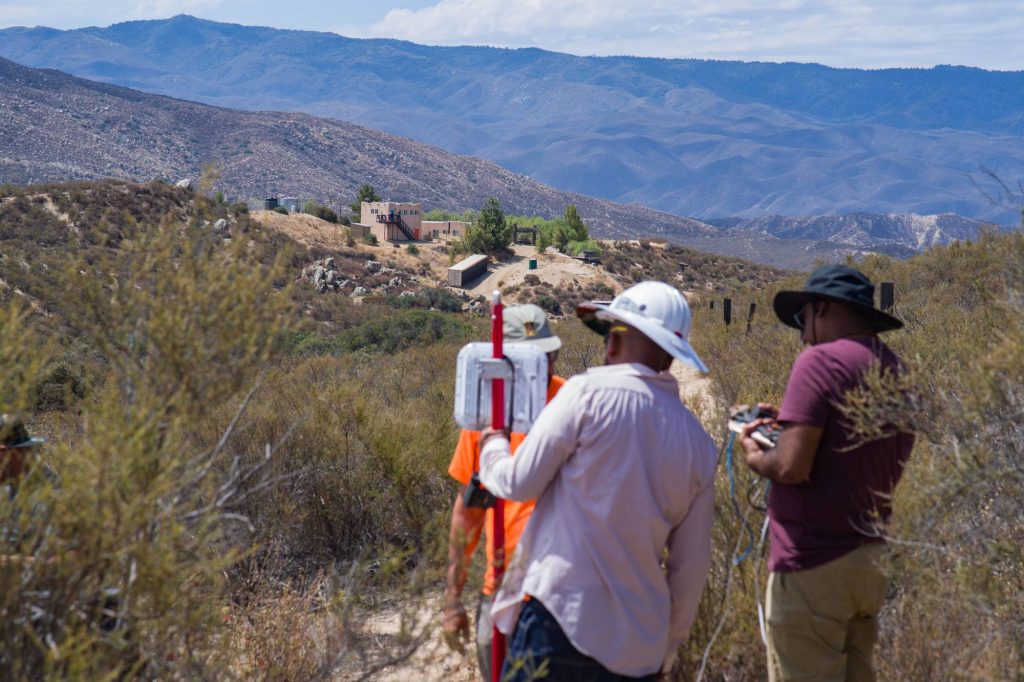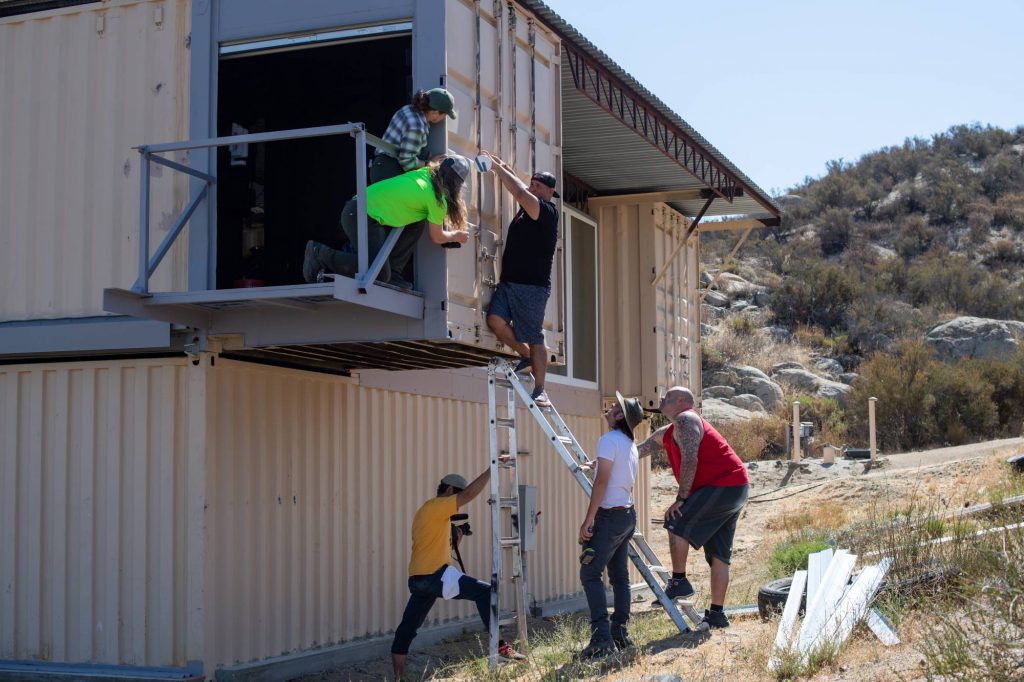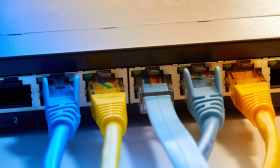Tribal wireless boot camp builds community for broadband

Several nonprofit groups held a “wireless boot camp” for tribal nations from Northern California this month, the first in what organizers said will be a series of training sessions for Native American communities seeking to improve their connectivity where commercial internet service providers haven’t.
Over the July 4 weekend, members of the Yurok Tribe, Hoopa Valley Tribe and Bear River Band met with experts from the Institute for Local Self-Reliance, the Internet Society and the University of Washington. Assembled after a public call for participation and preceded by a few technical online sessions, the boot camp was held at the Anza Electric cooperative in Southern California.
The gathering, attended by about 20 people, was a chance for tribes that received 2.5 GHz spectrum licenses from the Federal Communications Commission last year to build their technical skills, ask questions and meet knowledgeable wireless broadband experts, said Christopher Mitchell, who leads the broadband initiative for ILSR.
“We went over how to build a wireless network using some pretty simple, low-cost stuff and did some troubleshooting and stuff like that,” Mitchell said. “We had really good response from it.”

Boot camp participants set up a fake customer for service far from the tower. (Christopher Mitchell / Institute for Local Self-Reliance)
‘It doesn’t meet our needs’
Mitchell’s group has for years worked with communities on developing the expertise and relationships to maintain their own broadband networks, often advocating for infrastructure that’s operated by the same communities that use it. The group sometimes points to successful municipal networks, like a gigabit-speed network in Chattanooga, Tennessee, as evidence that there are alternatives to the private monopolies and duopolies present in many regions across the U.S.
The Hoopa Valley Tribe, a community of 3,500 stretched across 90,000 acres about an hour inland, faces many of the broadband challenges seen in rural communities elsewhere. The tribe spans two mountain ranges, its namesake valley isn’t served by a fiber optic line and its existing microwave systems are spotty, said Linnea Jackson, general manager of the tribe’s public utilities district.
“It doesn’t meet our needs for distance learning, telework, telemedicine, basic functions we need to operate as citizens and tribal government,” Jackson said. “It’s been something that’s really been a challenge.”
Getting the region better connected has been its own saga: The Klamath River Rural Broadband Initiative and the Digital 299 project each promised to bring new connectivity to the region, but work has been slow. The latter project has since been turned over to Facebook and Google. Work is proceeding, but major infrastructure projects like these can take years. In the meantime, Jackson said, “wireless is the only option.”
She said the boot camp was an “invaluable” opportunity to meet people involved in the various aspects of building wireless networks, including installers, managers, coders and procurement experts. The event was a chance for the tribes to ask the experts — and each other — questions about equipment, best practices, safety and project planning, Jackson said.
“We talked about how to make better decisions and not let ourselves be bulldozed by the larger companies that aren’t really invested like these people would be,” Jackson said.

Boot camp participants set up a point-to-point unit on a garage. (Christopher Mitchell / Institute for Local Self-Reliance)
‘A lot of energy’
The Hoopa Valley Tribe already had efforts underway to improve connectivity before the event, including bolstering the signals of a seven-tower microwave system and a partnership with Oregon-based Hunter Communications to purchase equipment so the tribe can operate its own fiber optic network. Being awarded 2.5 GHz spectrum by the FCC last year was expected to boost signals in some of the tribe’s more heavily forested areas, but Jackson said it’s run into several challenges.
Technical troubles, like the equipment’s firmware causing connections to be dropped, and the wireless service not working as well as they’d hoped, extended the project’s testing phase, she said. The tribe had hoped to go live in January to support students who were studying from home during the COVID-19 pandemic, but didn’t complete testing until May.
Jackson also said the tribal government had to file a cease-and-desist order after one of the tribe’s members submitted a personal application to the FCC for the 2.5 GHz access, seemingly hoping to start his own cellular service. The FCC ultimately awarded the spectrum to the tribe, but Jackson said it took time and effort to reverse an application that didn’t meet the FCC’s submission criteria and that she said should have been tossed out immediately.
Funding for broadband spiked following the onset of the pandemic, with the White House promising billions to eliminate the digital divide and offering flexible relief funding that can also be used to support infrastructure projects. The White House in June announced a $1 billion tribal broadband program. Nearly 40% of Native American households lack broadband connections, according to one expert.
Many tribes are in rural areas, which can face additional challenges getting connected. Tim Marema, an editor with the Center for Rural Strategies, told StateScoop “there’s a lot of confusion” about how rural communities can pay for broadband, even with abundant federal funding.
“There’s a lot of energy in rural communities about improving their broadband and not a lot of information on how exactly they can do that and who is there to help them,” Marema said.
Jackson said the boot camp weekend helped educate her and build her Rolodex and that she’s hopeful that with the information gained, her tribe will be able not only to connect its unconnected members, but improve the wireless service used by emergency personnel and other local government departments providing services.
Building a broadband network is expensive and time-consuming, and not everyone believes in municipal networks. But Jackson said it’s preferable for her tribe to run its own network because she can be more responsive than an outside company would be, especially since it already provides water and solid waste management services to everyone on the reservation.
“These are our own people, our own family. We’re on-site,” she said. “To get a service call from Comcast off the coast could take a couple of days. The ultimate goal is to serve your own community and how can we best do that and support each other? Everyone there was really, really open to that and you don’t always find that type of community where we’re all wanting to help the greater good and be of service where we can.”





